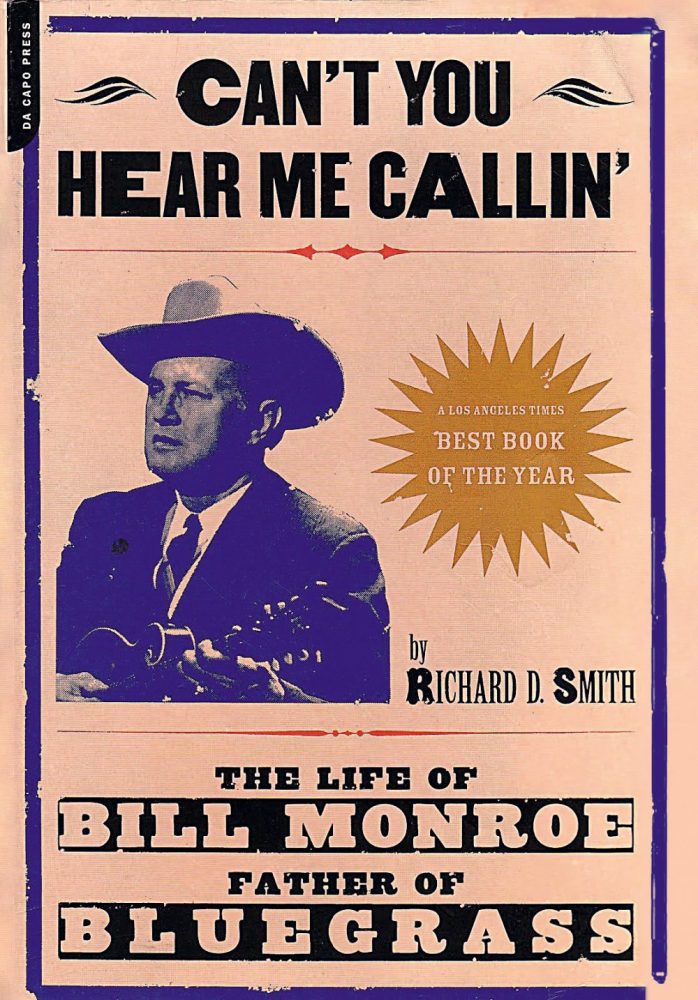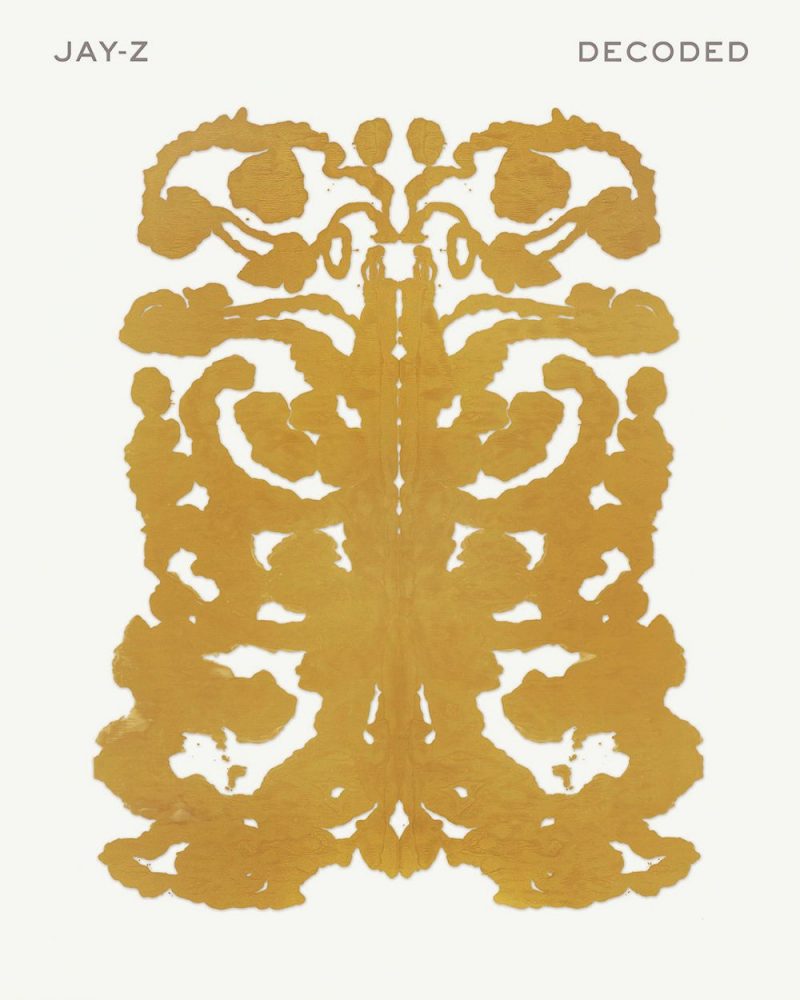Could it be that each genre of music gets the chronicler it deserves? If so, bluegrass, hip hop and heavy metal have certainly been doing something right.
Those whose familiarity with bluegrass begins and ends with the iconic Flatt and Scruggs tune, “Duelling Banjos”, used to signal the terrifying hillbillies in the 1972 movie Deliverance, might find themselves intrigued to further explore America’s homegrown music after reading Richard D. Smith’s Can’t You Hear Me Callin’: The Life of Bill Monroe, Father of Bluegrass. Smith is obviously blessed with the kind of passion that can make people nervous at parties, a passion that led him to find and coax interviews out of everyone who could help tell the story of Monroe, an original artist who inspired the likes of Elvis Presley, Bob Dylan, and Jerry Garcia. Smith’s book is not only one of the finest pieces of musical biography published in recent times, it is also an unsentimental and thoroughly engaging story of a fierce, flawed and unforgettable innovator. Bill Monroe, responsible for combining string music with blues and gospel to create bluegrass, was also a grudge-holding, womanizing grump. In Smith’s hands, this becomes a compelling combination. “It is understandable that some Monroe devotees will wish Bill to be mighty, noble, and perfect, not vulnerable, occasionally petty and selfish, and all too human,” he writes. “The truth is that as a musical deity Monroe was less of a Jehovah and more of a Zeus.” Can’t You Hear Me Callin’ won tremendous acclaim when it was published in 2000, and if you’re a fan, it will change the way you listen to bluegrass. If not, it may inspire you to listen to the high lonesome music in the first place.
Rap music has attracted the attention of many terrific writers, most notably David Foster Wallace, but so far, the finest book on the subject comes from inside the hip-hop world itself. Jay-Z’s Decoded combines memoir, lyrics, history and analysis, inside the best-designed book published in 2010. Shawn Carter (Jay-Z’s given name) provided art direction for Decoded and worked with publisher Spiegel & Grau and Rodrigo Corral Design to create a book that is both visually arresting and intellectually and emotionally revealing. The rapper, style icon and hip-hop impresario draws heavily on his time on the streets to explore how hip-hop has developed: “This is why the hustler’s story—through hip-hop—has connected with a global audience. The deeper we get into those sidewalk cracks and into the mind of the young hustler trying to find his fortune there, the closer we get to the ultimate human story, the story of struggle, which is what defines us all.” Decoded is certain to become the definitive guidebook to Jay-Z’s chosen art form, and it will exponentially increase the cool factor of any coffee table.
The most fun, most absurd musical genre of them all, with the possible exception of squeezebox, is also blessed with the writer it deserves. Chuck Klosterman, one of the most distinctive voices in contemporary pop-culture writing, makes heavy metal and metal fandom in all their absurdity, futility and odd nobility, the subject of serious and not-so-serious consideration in his 2001 book Fargo Rock City: A Heavy Metal Odyssey in Rural Nörth Daköta.
It is as much about Klosterman’s lifelong passion for heavy metal—a most maligned music, especially among the hipster music critics with whom Klosterman began his career—as it is about the boys from bands like the Crüe and Def Leppard. For anyone who doesn’t get it, he gives a first-hand account of just what it is about metal that appeals. “Fifteen years later,” he writes, “I am not embarrassed by my boyhood idolization of Mötley Crüe. The fact that I once put a Mötley Crüe bumper sticker on the headboard of my bed seems vaguely endearing. And if I hadn’t been so obsessed with shouting at the devil, the cultural context of heavy metal might not seem as clear (or as real) as it does for me today.” Fargo Rock City is certainly endearing as well as self-deprecating, but it’s never dumb (unlike the music it covers, which, let’s face it, sometimes is dumb, and awesomely so).
These three books might suggest that the right writer can ennoble any musical genre. Still, it’s hard to imagine the day that some skilled scribe will pen a story about new country that could cause me to listen without flinching.











